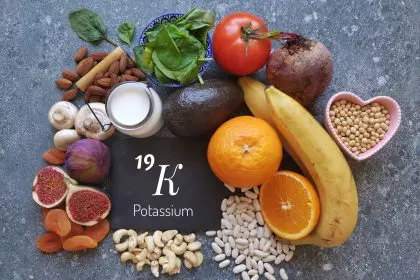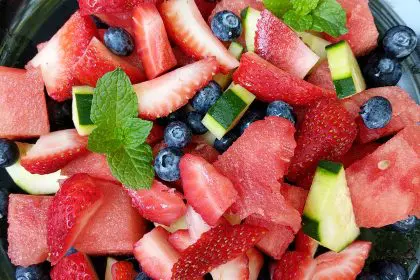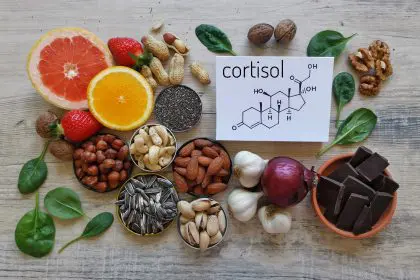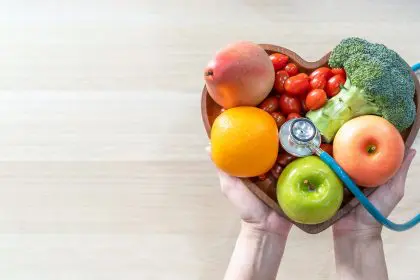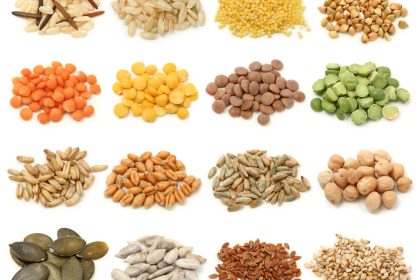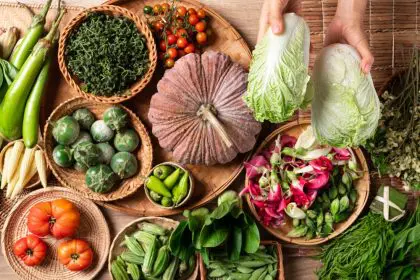Starting your day with a nutritious breakfast sets the foundation for sustained energy and improved focus. This innovative frittata transforms simple ingredients into a protein-rich morning meal that breaks away from conventional breakfast options while delivering exceptional nutritional value and satisfying flavor combinations. In a world where morning routines often default to processed cereals or sugary pastries, this recipe offers a practical solution for health-conscious individuals seeking substantive nourishment.
Nutritional powerhouse
Each serving delivers substantial nutrition with 22 grams of protein and 8 grams of fiber, making it an ideal choice for health-conscious individuals. The combination of eggs, chickpeas, and vegetables creates a complete meal that provides sustained energy throughout your morning activities. The intentional inclusion of nutritional yeast adds essential B vitamins, particularly B12, which proves especially beneficial for those following plant-based diets or seeking additional nutrient sources.
Smart meal preparation
Modern lifestyles demand efficient meal solutions. This chickpea frittata answers that need by providing multiple servings that remain fresh for up to six days when properly stored. Its versatility extends beyond breakfast, serving equally well as a lunch or dinner option. The ability to prepare this dish in advance alleviates morning stress and ensures consistent access to nutritious meals throughout the week.
Essential ingredients for success
The foundation begins with 11 large eggs and a 15-ounce can of chickpeas, creating the protein base. Fresh vegetables, including 4 cups of baby spinach and a large red pepper, add essential nutrients and vibrant color. The seasoning combination of smoked paprika, ground cumin, and garlic powder creates a sophisticated flavor profile that elevates this dish above ordinary egg preparations.
The careful selection of ingredients ensures maximum nutritional benefit while maintaining excellent taste. The olive oil not only aids in roasting the chickpeas but also provides healthy fats essential for nutrient absorption. The inclusion of 2% milk adds calcium and creates a perfect texture, while the nutritional yeast introduces a subtle cheese-like flavor without dairy.
Kitchen equipment needed
Success requires proper tools and preparation. Gather a 9×13-inch metal baking pan, parchment paper, mixing bowls, and measuring utensils. The right equipment ensures consistent results and simplifies the cooking process. A metal baking pan conducts heat more effectively than glass or ceramic alternatives, producing better results. The parchment paper prevents sticking and facilitates easy removal, while proper measuring tools guarantee accurate proportions.
Step by step preparation
Begin by preheating your oven to 425 degrees Fahrenheit. Line your baking pan with parchment paper, ensuring overhang on the long sides for easy removal. Thoroughly rinse and dry the chickpeas before tossing them with olive oil and seasonings in the prepared pan. This initial step creates a foundation of flavor that permeates the entire dish.
Roast the seasoned chickpeas until they develop a fragrant aroma, typically 10 to 12 minutes. While the chickpeas roast, prepare the egg mixture by combining eggs, milk, and nutritional yeast in a large bowl, whisking until well incorporated. The thorough whisking introduces air into the mixture, promoting a lighter, fluffier texture in the finished frittata.
Building layers of flavor
The combination of roasted chickpeas with fresh spinach and diced red pepper creates multiple texture and flavor dimensions. The egg mixture brings these elements together, while the nutritional yeast adds a subtle umami note that enriches the overall taste profile. The layering process ensures even distribution of ingredients, resulting in consistent flavor in every bite.
The spice blend plays a crucial role in developing the signature taste. Smoked paprika provides a deep, complex flavor with subtle heat, while ground cumin adds earthiness and warmth. The garlic powder introduces savory notes that complement both the vegetables and proteins.
Baking recommendations
Reduce the oven temperature to 400 degrees Fahrenheit before baking the assembled frittata. The cooking time ranges from 18 to 20 minutes, with the center setting as the key indicator of doneness. Allow complete cooling before cutting to ensure clean, precise portions. The cooling period allows the proteins to set fully, preventing the frittata from breaking when sliced.
Storage solutions
Proper storage extends the life of your chickpea frittata. Store individual portions in airtight containers in the refrigerator. When ready to serve, reheat gently in a microwave or toaster oven to maintain the desired texture and prevent overcooking. The storage containers should be clean and dry to prevent moisture accumulation, which could affect the texture.
Nutritional breakdown
Understanding the nutritional content helps track dietary goals. Each serving contains 300 calories, with 14 grams of fat and 25 grams of carbohydrates. The high protein content supports muscle maintenance and satisfaction, while fiber promotes digestive health. The balanced macronutrient profile makes this frittata suitable for various dietary approaches, from Mediterranean to low-carbohydrate eating patterns.
Serving suggestions
Enhance your frittata with complementary sides such as fresh fruit, whole grain toast, or a light salad. These additions create a complete meal that satisfies diverse nutritional needs while maintaining the health-focused nature of the dish. Consider seasonal fruit options to add variety throughout the year, or experiment with different whole grain breads to find your perfect pairing.
For special occasions or weekend brunches, consider preparing a simple herb-infused yogurt sauce as an accompaniment. The coolness of the yogurt provides a pleasant contrast to the warm frittata, while fresh herbs add brightness and complexity to the overall flavor profile.
Recipe variations
Adapt the recipe to personal preferences by substituting vegetables or adjusting seasonings. Consider adding mushrooms for extra umami flavor or incorporating different fresh herbs to create new taste experiences while maintaining the basic cooking method. Mediterranean-inspired variations might include sun-dried tomatoes and oregano, while a Mexican-inspired version could feature jalapeños and cilantro.
For those seeking lower cholesterol options, consider using a mixture of whole eggs and egg whites. This modification maintains the protein content while reducing overall fat and cholesterol. Experiment with different vegetable combinations based on seasonal availability, ensuring the total volume remains consistent for proper cooking.


